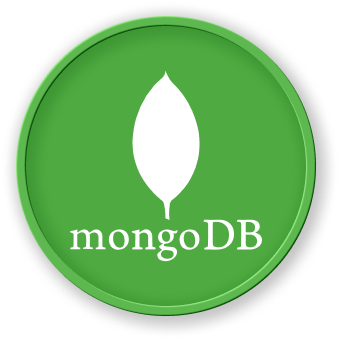Security Best Practices
Comprehensive MongoDB Export Security Strategy
graph TD
A[MongoDB Export Security] --> B[Access Control]
A --> C[File Protection]
A --> D[Network Security]
A --> E[Encryption]
1. Access Control Mechanisms
User Authentication
## Create restricted MongoDB user
$ mongo admin
> db.createUser({
user: "export_user",
pwd: "strong_password",
roles: ["read"]
})
Role-Based Permissions
| Role Level |
Permissions |
Use Case |
| Read |
View data |
Export operations |
| ReadWrite |
Modify data |
Limited management |
| Admin |
Full access |
System configuration |
2. File Permission Hardening
Secure Export Directories
## Create dedicated export directory
$ mkdir -p /backup/mongodb
$ chmod 700 /backup/mongodb
$ chown mongodb:mongodb /backup/mongodb
Restrictive File Permissions
## Set strict permissions on export files
$ mongodump --db myproject --out /backup/mongodb
$ chmod 600 /backup/mongodb/*
3. Encryption Strategies
Data-at-Rest Encryption
## Enable MongoDB encryption
$ mongod --enableEncryption \
--encryptionKeyFile /path/to/keyfile
Export Encryption
## Compress and encrypt export
$ tar -czvf - mongodb_export | \
openssl enc -aes-256-cbc -salt > secure_export.tar.gz.enc
4. Network Security Considerations
Firewall Configuration
## Restrict MongoDB network access
$ sudo ufw allow from 192.168.1.0/24 to any port 27017
$ sudo ufw enable
5. Audit and Monitoring
Export Logging
## Enable MongoDB auditing
$ mongod --audit \
--auditDestination=file \
--auditPath=/var/log/mongodb/audit.json
LabEx Security Recommendations
- Use strong, unique passwords
- Implement multi-factor authentication
- Regularly rotate credentials
- Minimize export frequency
- Monitor export activities
Comprehensive Security Checklist
graph LR
A[Security Checklist] --> B[Authentication]
A --> C[Encryption]
A --> D[Access Control]
A --> E[Monitoring]
By implementing these security best practices, you'll significantly enhance the protection of your MongoDB exports and maintain robust data integrity.

